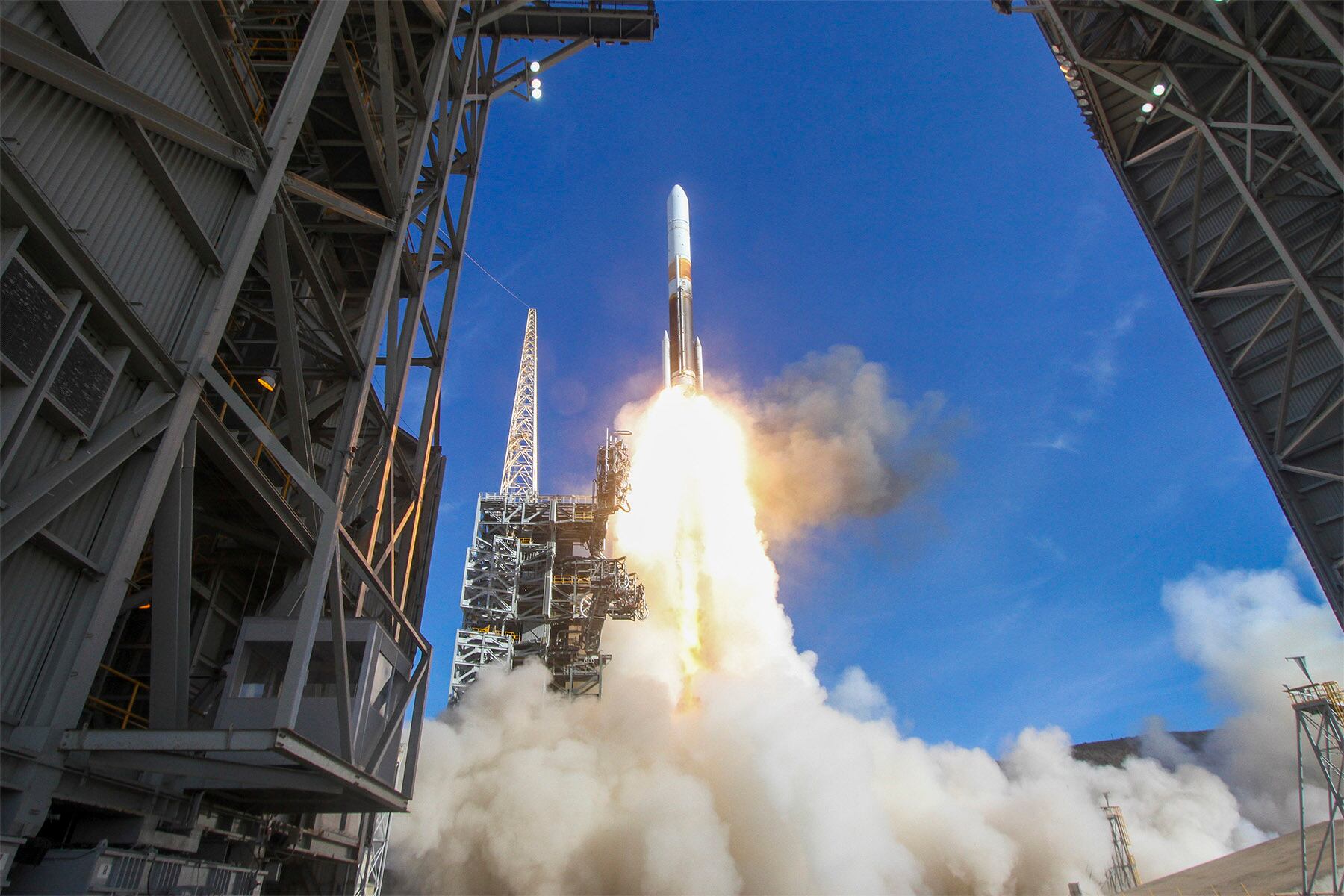WASHINGTON — If the Pentagon is serious about changing how it tackles space, the department must clamp down on old ways of thinking and dump duplicative systems, the department’s No. 2 official said Friday.
“We can’t let any new work be done the old way,” Patrick Shanahan said during an event hosted by the Military Reporters & Editors Association.
The road toward standing up a Space Force, sought by President Donald Trump as a new branch of the military, has been winding. In September, an Air Force memo that leaked to the press cited a $13 billion price tag and calling for the National Reconnaissance Office, currently part of the intelligence community, to be integrated under the Space Force.
RELATED

Shanahan, meanwhile, has also been working on a design for the potential service, emphasizing the need to stand up the Space Development Agency, which would serve as the acquisition lead on all space issues — and which largely keeps the intelligence community separate.
“What I think happens when the problem is so big is everybody tries to solve — you know, boil the ocean, and it takes too much time. So I’m going to move faster. We need to stand it up,” Shanahan said of the Space Development Agency. “We have to start tonight. I’m more interested in starting tonight than I am in capturing everything.”
The deputy said he was “110 percent aligned” with Sue Gordon, the deputy director of national intelligence, adding: “There is no land grab with the intelligence organizations.” But he didn’t deny that an roll-up with the intelligence community is on the table, indicating instead that such discussions are ongoing.
“Will it make sense to combine or, you know, merge missions, mission areas? I can’t tell you what that looks like,” he said. “We have oversight committees and, you know, Congress always gets a vote. What we want to do is present them options over time. But right now, when we’re spending real, hard dollars on capabilities, it’s — we are 100 percent aligned on how to get there so we can get the most out of those dollars.”
Speaking of dollars ...
When asked about the $13 billion figure put out by the Air Force, Shanahan said that “next week, we’re going to start to see” the initial Office of the Secretary of Defense’s cost estimates. “I would just, kind of, put that [Air Force] number aside,” he added.
Shanahan described the Space Development Agency as the “forcing function” that will make sure the services are investing smartly, rather than going down their own paths.
“Missile Defense Agency, the Army with its Army Futures Command, the Air Force with things like Joint STARS, are all going to use space,” he said. “So what are those areas that, if you drew a Venn diagram, are common?"
“This is the biggest challenge. It’s not the technology. It’s how do you get the Department of Defense aligned,” he added. “How do we get more free riders? So if the Army is first in order to develop a component of our space architecture, how do we get everybody to hold hands and say: ‘The Air Force is going to adopt the same thing?’
“Adoption doesn’t mean: ‘Well, it’ll be [similar].’ It’s 100 percent. The notion of the Space Development Agency is that’s where all the players go ... you don’t have pieces of paper saying, ‘Oh, we’re going to have the same standard,’ and immediately everybody diverges.”
Pushing to commonality will drive down costs, Shanahan argued, but he acknowledged that if he makes that argument to the services impacted, “they’ll tell me I’m wrong.”
“But I’ve — you know, my experience in doing these things is people don’t believe it on the front end, but actually when you solve the same problem once, then people learn more quickly and then your cost estimating gets better and the resourcing gets better,” he said. “But that’s the — I have to prove it to people right now; [that’s] part of the exercise.”
Valerie Insinna contributed to this report.
Aaron Mehta was deputy editor and senior Pentagon correspondent for Defense News, covering policy, strategy and acquisition at the highest levels of the Defense Department and its international partners.




